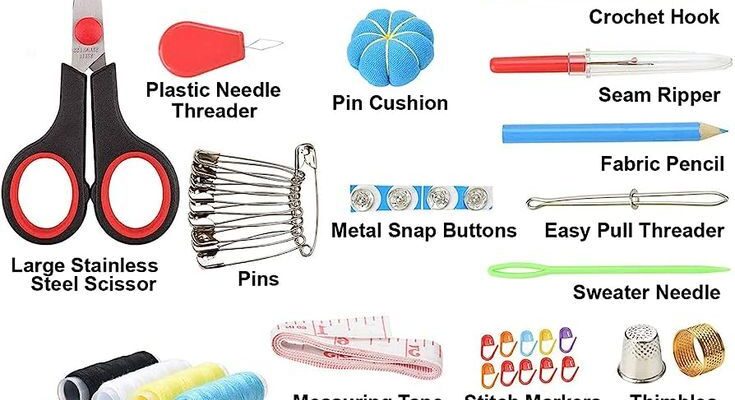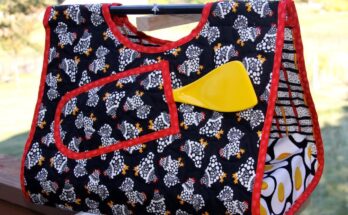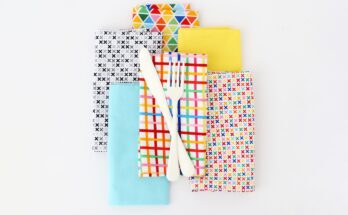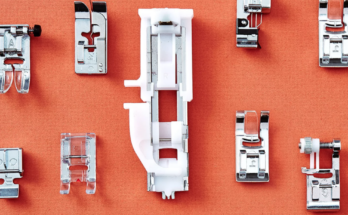Sewing is a timeless skill that allows you to create, mend, and customize fabric-based items. Whether you’re interested in crafting clothes, home décor, or accessories, learning how to sew can be both a fun and practical hobby. This guide will cover the essential steps to get you started with sewing.
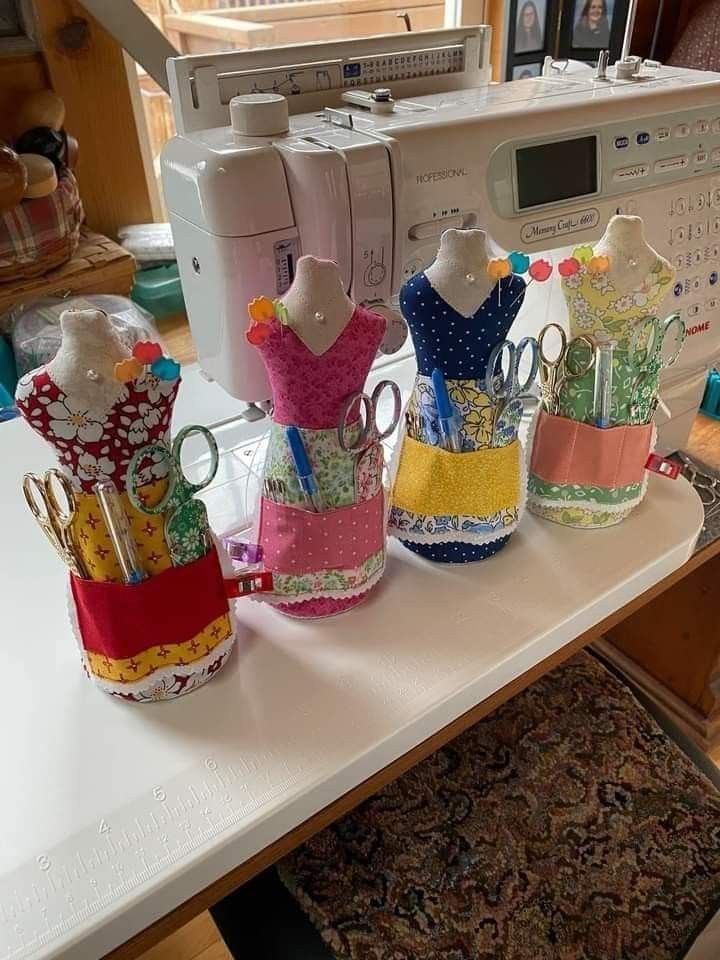
Materials and Tools Needed
To begin sewing, you’ll need the following essential tools:
- Sewing Machine (for faster, more precise sewing) or needle and thread (for hand-sewing)
- Fabric (cotton is a great beginner-friendly choice)
- Fabric scissors (sharp and dedicated to fabric cutting)
- Measuring tape or ruler
- Pins and pincushion
- Seam ripper (for fixing mistakes)
- Iron and ironing board (for pressing seams)

Step 1: Understanding Basic Stitches
There are several types of stitches you should learn as a beginner:
- Straight Stitch: The most common stitch, used for basic seams.
- Backstitch: A strong stitch used to reinforce seams.
- Zigzag Stitch: Prevents fraying on fabric edges.
- Blind Hem Stitch: Used for invisible hems in garments.
Practicing these stitches on scrap fabric will help you gain confidence before starting a project.

Step 2: Preparing Your Fabric
- Wash and Dry Fabric: Pre-wash fabric to prevent shrinking after sewing.
- Iron the Fabric: Press out wrinkles for smooth and accurate sewing.
- Measure and Cut: Use a measuring tape and fabric scissors to cut pieces precisely.
- Pin the Fabric: Align and pin fabric pieces together before sewing.

Step 3: Learning How to Use a Sewing Machine
- Thread the Machine: Follow the machine’s manual to properly thread the upper and bobbin threads.
- Adjust Stitch Settings: Select stitch type, length, and tension according to fabric type.
- Practice on Scrap Fabric: Sew a few lines to get comfortable with machine control.
- Start Sewing: Guide the fabric gently while keeping a steady speed.
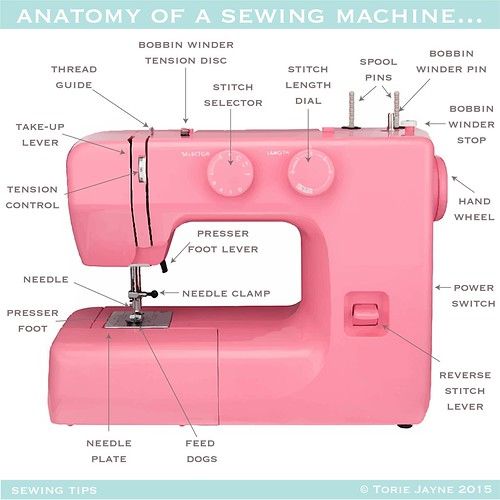
Step 4: Sewing a Simple Project
For beginners, start with easy sewing projects such as:
- Pillowcase
- Tote Bag
- Simple Skirt or Apron
- Handkerchief or Napkins
Follow a simple pattern and take your time to ensure neat stitches.
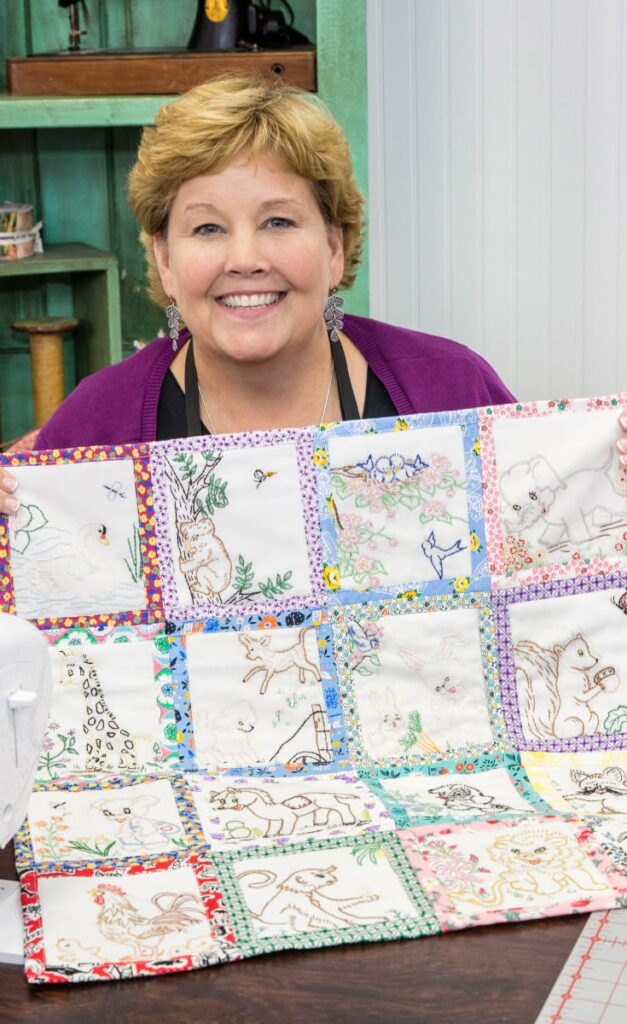
Step 5: Finishing Touches
- Trim Excess Thread: Cut loose threads for a clean finish.
- Press Seams: Use an iron to press seams flat for a professional look.
- Check for Mistakes: If needed, use a seam ripper to correct any errors.
Sewing Tips for Beginners
- Start with simple fabrics like cotton before trying stretchy or delicate fabrics.
- Take your time and practice straight stitches before moving on to complex projects.
- Always backstitch at the beginning and end of your seam for durability.
- Keep your sewing area well-lit and organized to avoid mistakes.
Final Thoughts
Sewing is a rewarding skill that opens up endless creative possibilities. By starting with basic stitches and simple projects, you’ll gradually gain confidence to take on more advanced sewing tasks. Keep practicing, experiment with different fabrics, and most importantly, enjoy the process!
Happy Sewing!
